It looks like you're using an Ad Blocker.
Please white-list or disable AboveTopSecret.com in your ad-blocking tool.
Thank you.
Some features of ATS will be disabled while you continue to use an ad-blocker.
NASA Awards Space-X Contract to Launch Spacecraft to Look for Habitable Planets Around Nearby Stars
page: 110
share:
I've been waiting to hear this news!! And it is good!
NASA today announced it has awarded Space-X the launch services contract for our next new space telescope which will do a full sky search for exoplanets around the nearest and brightest stars!
The Transiting Exoplanet Survey Satellite which will be launched in 2017 is the followup to NASA's highly successful Kepler mission and the precursor to the massive James Webb Space Telescope which will be launched a year later in 2018.
TESS's mission is to seek out strange new worlds worlds nearby which the James Webb Telescope can then examine closely for signs of life and perhaps even civilization by studying it's atmosphere.
NASA Press Release
TESS is part of NASA's 30 Year Astrophysics Roadmap which has exciting future missions eventually photographing nearby Earthlike worlds!
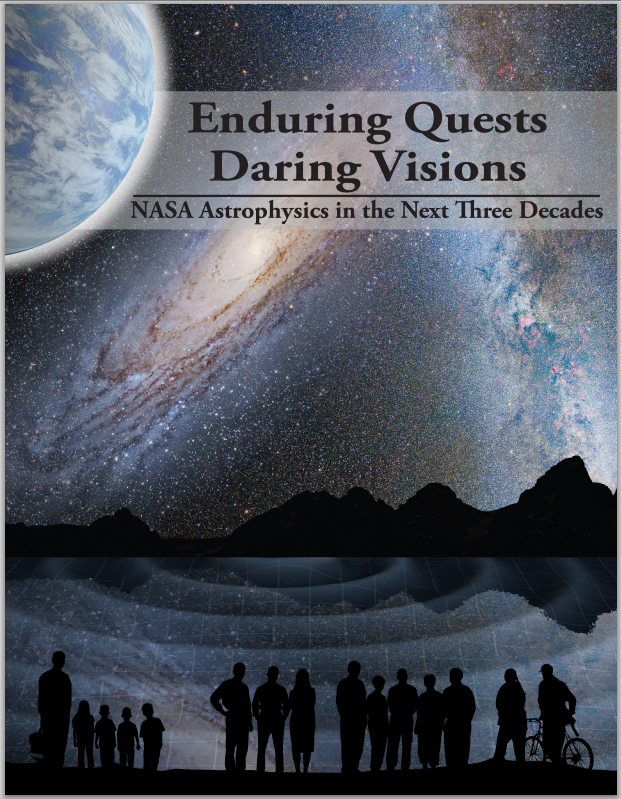
And contains the following:
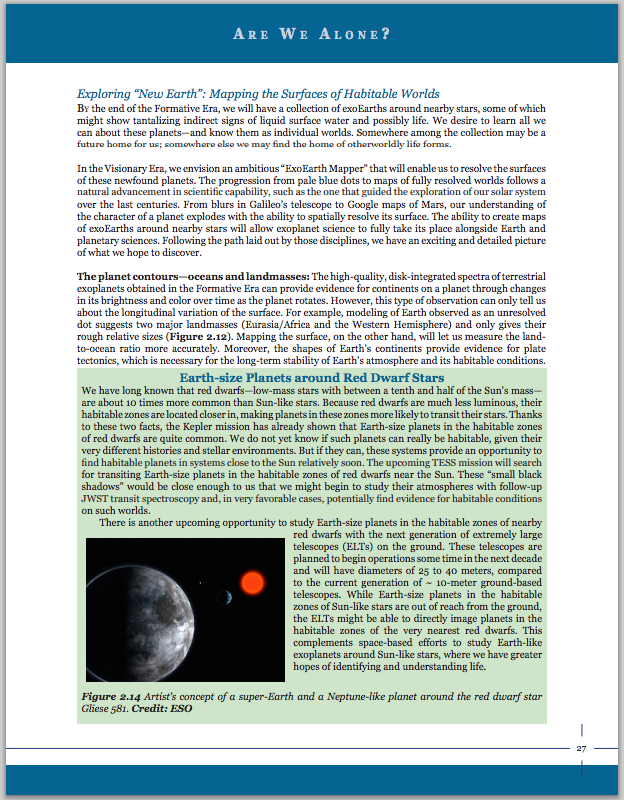
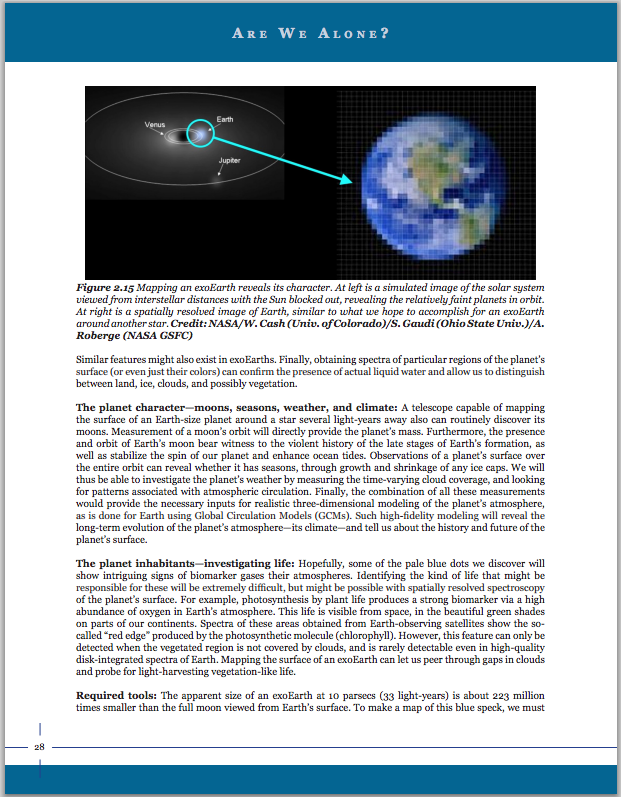

Related Video:
NASA today announced it has awarded Space-X the launch services contract for our next new space telescope which will do a full sky search for exoplanets around the nearest and brightest stars!
The Transiting Exoplanet Survey Satellite which will be launched in 2017 is the followup to NASA's highly successful Kepler mission and the precursor to the massive James Webb Space Telescope which will be launched a year later in 2018.
TESS's mission is to seek out strange new worlds worlds nearby which the James Webb Telescope can then examine closely for signs of life and perhaps even civilization by studying it's atmosphere.
NASA Press Release
December 16, 2014
CONTRACT RELEASE C14-049
NASA Awards Launch Services Contract for Transiting Exoplanet Survey Satellite
NASA has selected SpaceX to provide launch services for the Transiting Exoplanet Survey Satellite (TESS) mission. TESS will launch aboard a Falcon 9 v1.1 launch vehicle, with liftoff targeted for August 2017 from Cape Canaveral Air Force Station in Florida.
The total cost for NASA to launch TESS is approximately $87 million, which includes the launch service, spacecraft processing, payload integration, tracking, data and telemetry, and other launch support requirements.
TESS’s science goal is to detect transiting exoplanets orbiting nearby bright stars. During a three-year funded science mission, TESS will sample hundreds of thousands of stars in order to detect a large sample of exoplanets, with an emphasis on discovering Earth- and super-Earth-sized planets in the solar neighborhood.
The Launch Services Program at NASA's Kennedy Space Center in Florida is responsible for management and oversight of the Falcon 9 v1.1 launch services for TESS. The TESS Mission is led by the Massachusetts Institute of Technology, with oversight by the Explorers Program at NASA's Goddard Space Flight Center in Greenbelt, Maryland.
TESS is part of NASA's 30 Year Astrophysics Roadmap which has exciting future missions eventually photographing nearby Earthlike worlds!

And contains the following:



Related Video:
This is great news. Maybe we can find a place to send all of our politicians. For diplomatic reasons I should note so they don't get depressed if
they read this.
It better be a good fecking contract! Perhaps the best contract in the world ever.
Thanks for sharing, Jade. This is great news. The future for Space exploration looks bright!
One thing, however, is why such major telescope projects are being launched at only 1 year apart.....?
originally posted by: lostbook
One thing, however, is why such major telescope projects are being launched at only 1 year apart.....?
This is by design.
The James Webb Space Telescope (JWST) is NASA's flagship astrophysics mission.
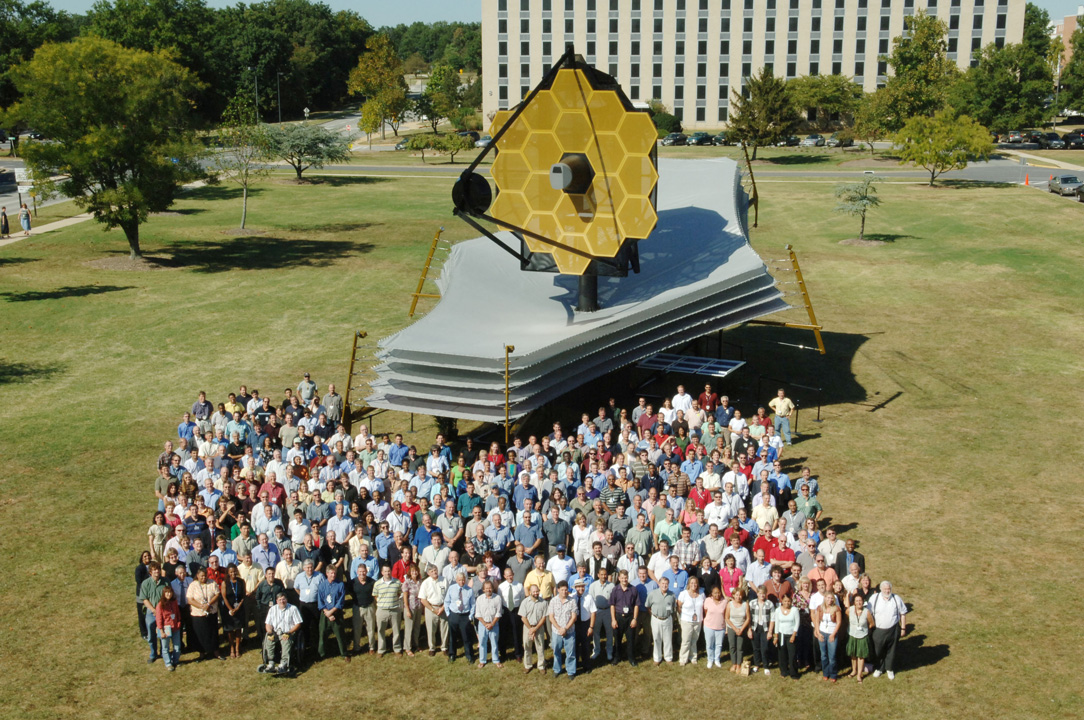
It is big and expensive and is a multi-use instrument like the Hubble Space Telescope. And because of this like Hubble, time on the JWST will be in great demand.
Most techniques of discovering planets around other stars by anything other than direct imagine involves staring at stars (mostly "boring", stable stars) and looking for various variations in its star light which give away the fact that a planet is orbiting it. Various techniques can tell us different things about the planet but one thing they all require are long times staring at one star or a field of various stars.
Because the JWST was designed as a multi-use instrument there would not be enough time to do an effective search and JWST is not really designed to do the type of planet search Kepler or TESS will.
Because of this a different telescope would be needed to search for planets around nearby stars since time on the JWST will be very valuable and spent looking at mostly known objects to learn more about them.
JWST is not a search telescope but it will be the best instrument humanity has to characterize and define known exoplanets and other objects.
Enter TESS whose ONLY mission 24/7 is to look for planets using the same technique Kepler uses but looking at the whole sky for planets circling hundreds of thousands of nearby bright stars.
The idea is for TESS to collect a bunch of tantalizing worlds for the JWST to analyze in the year between the two telescopes beginning operations.
Related Video:
edit on 16-12-2014 by JadeStar because: (no reason given)
originally posted by: lostbook
One thing, however, is why such major telescope projects are being launched at only 1 year apart.....?
I would say it's the time/speed factor, 4.22... to infinity light years to get to the next Star PC. Still, I guess the penny has dropped that a speeding telescope with give something more sooner.
edit on 16-12-2014 by smurfy because: Text.
in the past it was sort of standard procedure to have a back up for major probes in case there is a launch accident or something goes wrong upon
deployment. i hope these missions have back up plans too. I know it's a lot more expensive now. i know these instruments are more complex too. but i
hope there are still back ups for these things.
on another note. there are now ground based scopes that are more powerful than hubble. it is a fact that the power of our instruments is not near any permanent limit anytime soon.
on another note. there are now ground based scopes that are more powerful than hubble. it is a fact that the power of our instruments is not near any permanent limit anytime soon.
originally posted by: stormbringer1701
in the past it was sort of standard procedure to have a back up for major probes in case there is a launch accident or something goes wrong upon deployment. i hope these missions have back up plans too. I know it's a lot more expensive now. i know these instruments are more complex too. but i hope there are still back ups for these things.
on another note. there are now ground based scopes that are more powerful than hubble. it is a fact that the power of our instruments is not near any permanent limit anytime soon.
Correct. That's why the next optical telescope will have to surpass the capabilities of the new large ground telescopes such as the Thirty Meter Telescope (TMT) and the European Extremely Large Telescope (E-ELT). The JWST works in the infrared where the atmosphere is a limiting factor.
Even the largest ground telescopes still have to battle the atmosphere with adaptive optics. In space that's not a problem.
My worry is that the JWST will be in high orbit, where it cannot be visited by routine service & repair missions like we used to do with the Hubble
(before the Shuttle was retired). If it breaks, it stays broke.
originally posted by: Saint Exupery
My worry is that the JWST will be in high orbit, where it cannot be visited by routine service & repair missions like we used to do with the Hubble (before the Shuttle was retired). If it breaks, it stays broke.
In theory, Orion could go to it.
originally posted by: smurfy
originally posted by: lostbook
One thing, however, is why such major telescope projects are being launched at only 1 year apart.....?
I would say it's the time/speed factor, 4.22... to infinity light years to get to the next Star PC. Still, I guess the penny has dropped that a speeding telescope with give something more sooner.
Huh? What are you on about? These are orbital telescopes, they're not "speeding" anywhere and certainly not going to another star system.
Makes sense really, just like with amateur astronomers being the main searchers (and finders) of new comets and asteroids, using their own equipment.
In fact, anyone with a digital camera and an affordable setup can look for exoplanets, by taking regular pictures of a star and seeing if there's ever
a tiny dip in its brightness.
www.youtube.com...
[Edit] Just ralised that this technique might net you a comet, an asteroid, or a supernova, to boot! Just look for any new "star" that hasn't been there before, and check if it's not an already know object: scully.cfa.harvard.edu...
www.youtube.com...
[Edit] Just ralised that this technique might net you a comet, an asteroid, or a supernova, to boot! Just look for any new "star" that hasn't been there before, and check if it's not an already know object: scully.cfa.harvard.edu...
edit on 17-12-2014 by wildespace
because: (no reason given)
I just remembered this map which visually shows why the TESS mission is needed. The majority of the exoplanets on it lay in one direction and over
1,000 light years away.
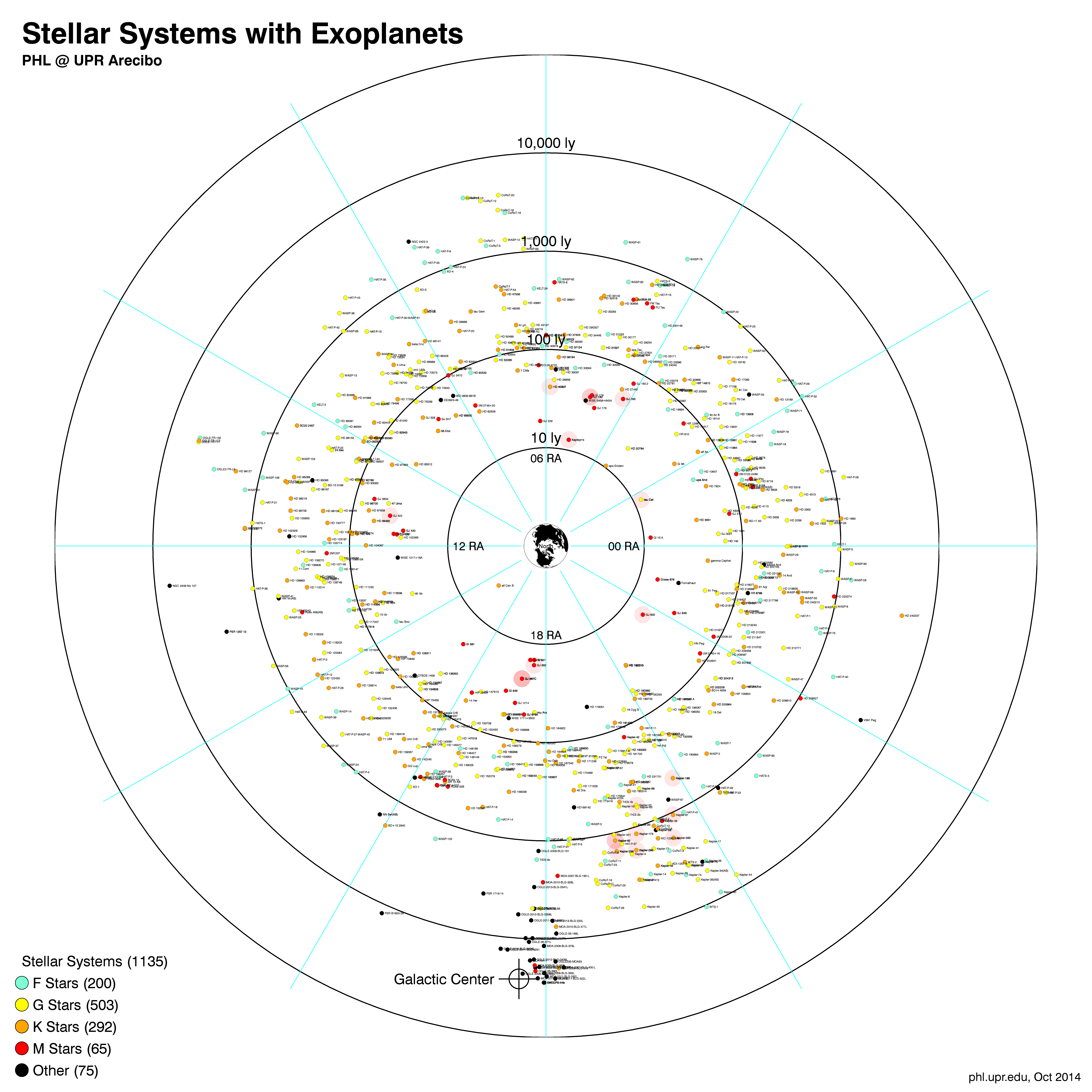
This was due to Kepler looking at a small patch of sky, a star field in the constellation of Lyra. This field was chosen because it is like a microcosm or small representative sample of the types of stars throughout our galaxy so since Kepler's mission was to determine how common different types of planets are in the Galaxy it was good to stare at this one star field:
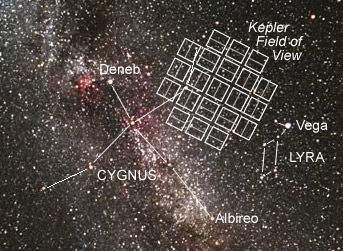
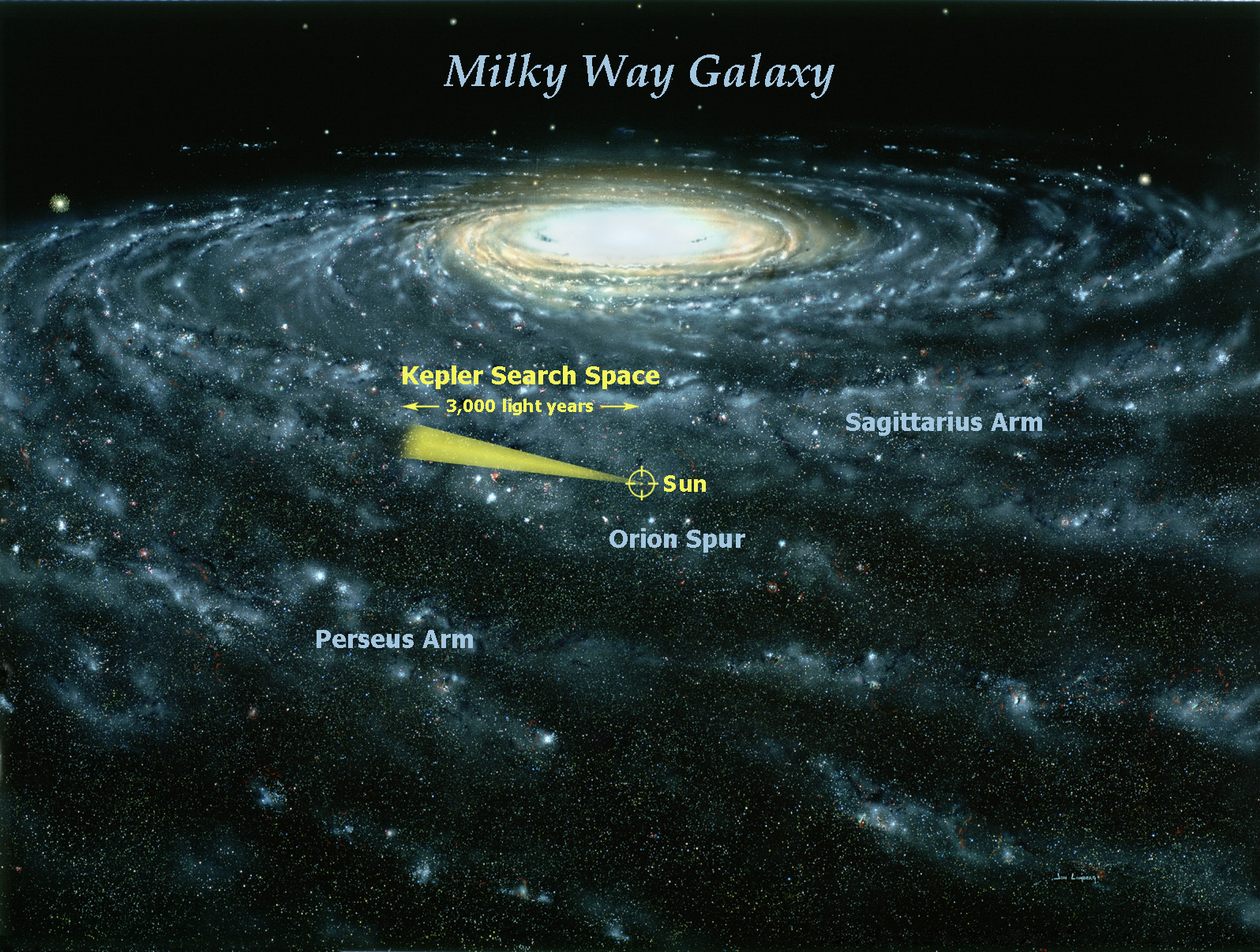
However most of those worlds lay too far away to study their atmospheres with ground and even the JWST so a different mission was needed to fill in the gap.
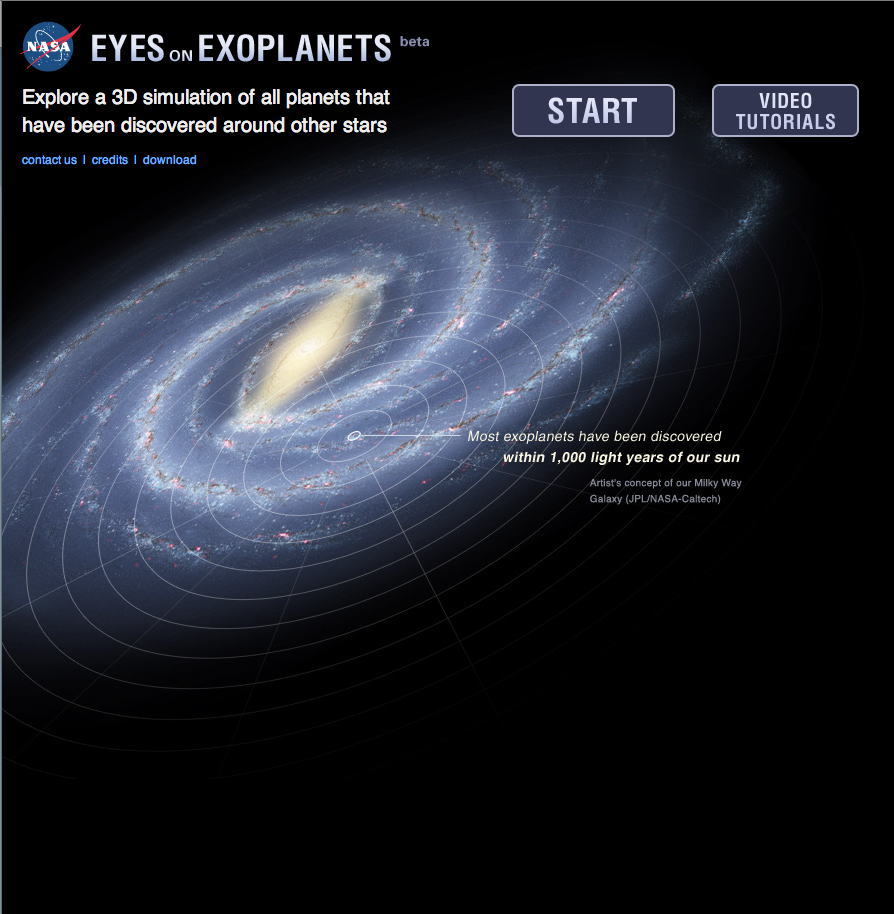
As of right now we know of far more planets over 1,000 light years away than we do in our backyard yet based on statistical data it is estimated there could be between 160-190 habitable Earthlike planets circling nearby stars out to around 34 light years.
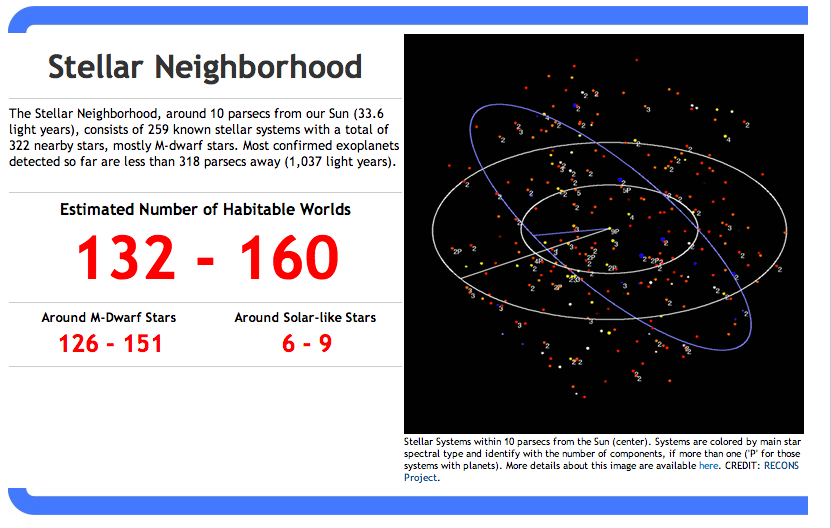
TESS will help us locate many of those worlds closer to home and easier to study with the sophisticated new ground and space telescopes
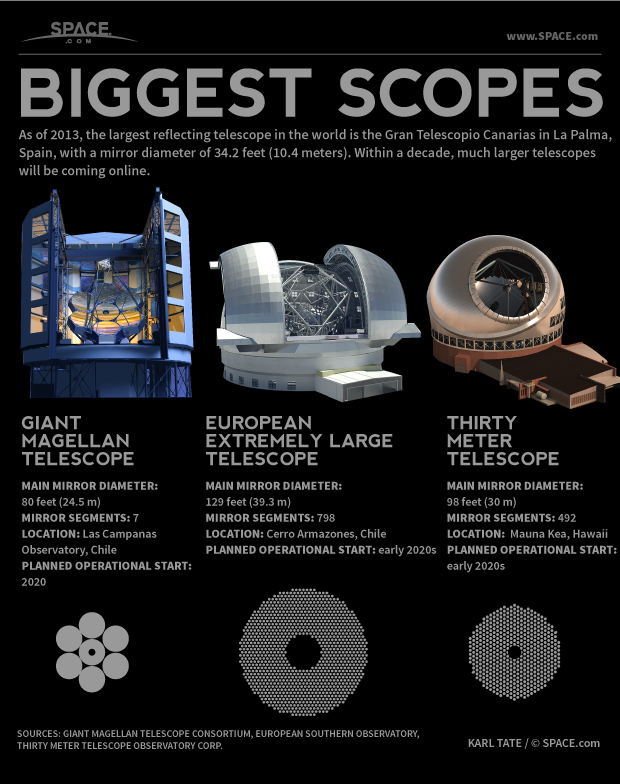
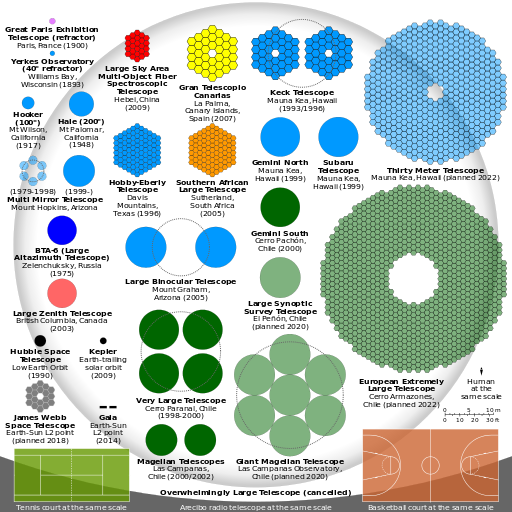

This was due to Kepler looking at a small patch of sky, a star field in the constellation of Lyra. This field was chosen because it is like a microcosm or small representative sample of the types of stars throughout our galaxy so since Kepler's mission was to determine how common different types of planets are in the Galaxy it was good to stare at this one star field:


However most of those worlds lay too far away to study their atmospheres with ground and even the JWST so a different mission was needed to fill in the gap.

As of right now we know of far more planets over 1,000 light years away than we do in our backyard yet based on statistical data it is estimated there could be between 160-190 habitable Earthlike planets circling nearby stars out to around 34 light years.

TESS will help us locate many of those worlds closer to home and easier to study with the sophisticated new ground and space telescopes


edit on 17-12-2014 by JadeStar because: (no reason given)
new topics
-
Just learned a really helpful trick for internet searches
Computer Help: 1 hours ago -
Not off to a good start
General Chit Chat: 3 hours ago -
If they can see...they can read!!
Rant: 10 hours ago
top topics
-
Tesla Cybertruck Explodes in Front of Trump Hotel in Las Vegas
Mainstream News: 15 hours ago, 19 flags -
If they can see...they can read!!
Rant: 10 hours ago, 7 flags -
Not off to a good start
General Chit Chat: 3 hours ago, 2 flags -
Just learned a really helpful trick for internet searches
Computer Help: 1 hours ago, 1 flags
active topics
-
The C.D.C. Says There Was NO INFLUENZA Worth Reporting for the 2020-2021 Flu Season.
Diseases and Pandemics • 89 • : BedevereTheWise -
How we've changed in 100 years
Ancient & Lost Civilizations • 23 • : 38181 -
Vehicle Strikes people in New Orleans
Mainstream News • 252 • : BernnieJGato -
Just learned a really helpful trick for internet searches
Computer Help • 4 • : Flyingclaydisk -
If they can see...they can read!!
Rant • 16 • : Flyingclaydisk -
Not off to a good start
General Chit Chat • 3 • : billxam1 -
DONALD J. TRUMP - TIME's Most Extraordinary Person of the Year 2024.
Mainstream News • 43 • : Imhere -
Tesla Cybertruck Explodes in Front of Trump Hotel in Las Vegas
Mainstream News • 58 • : Flyingclaydisk -
Mood Music Part VI
Music • 3774 • : Hellmutt -
SCOTUS Chief Justice JOHN ROBERTS Ends 2024 Describing His Fears for Safety of U.S. Judges.
Above Politics • 11 • : WeMustCare
10
